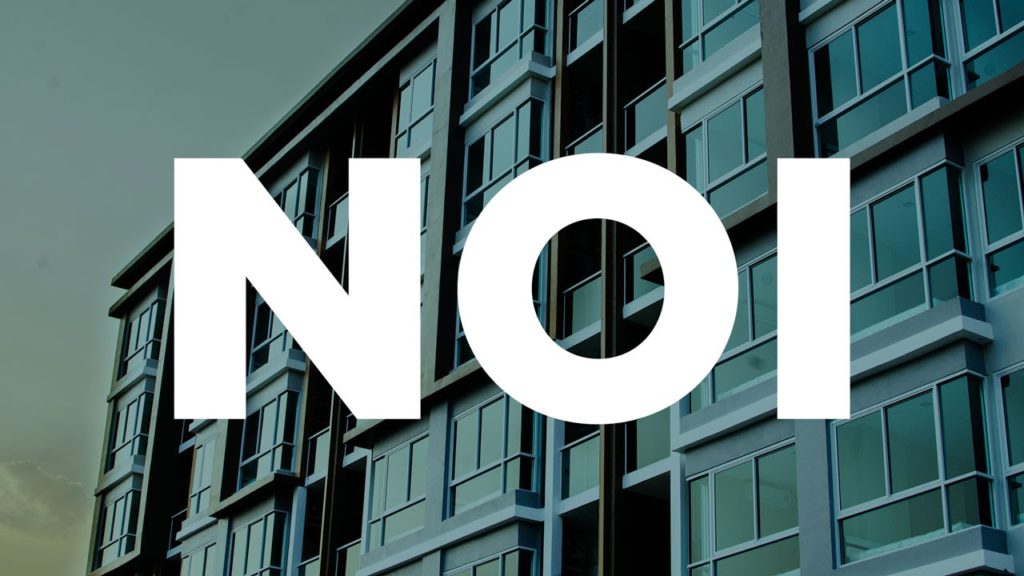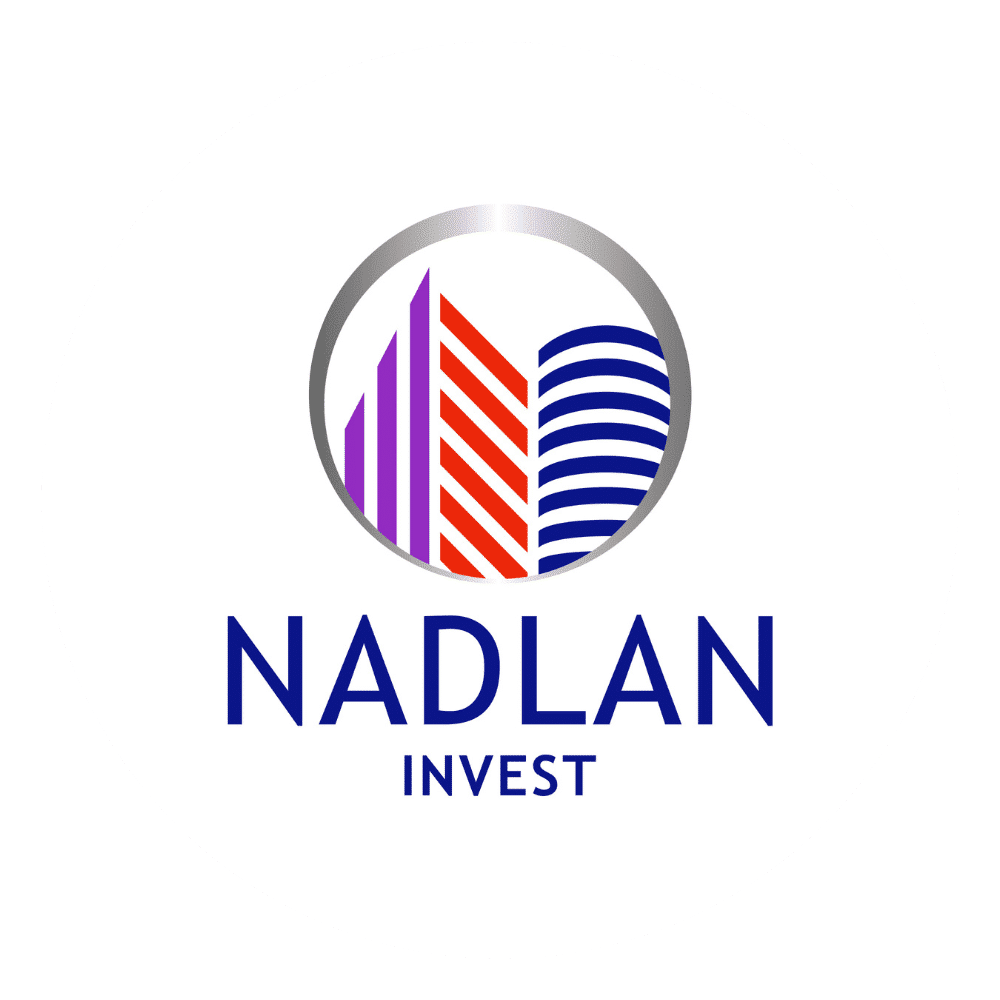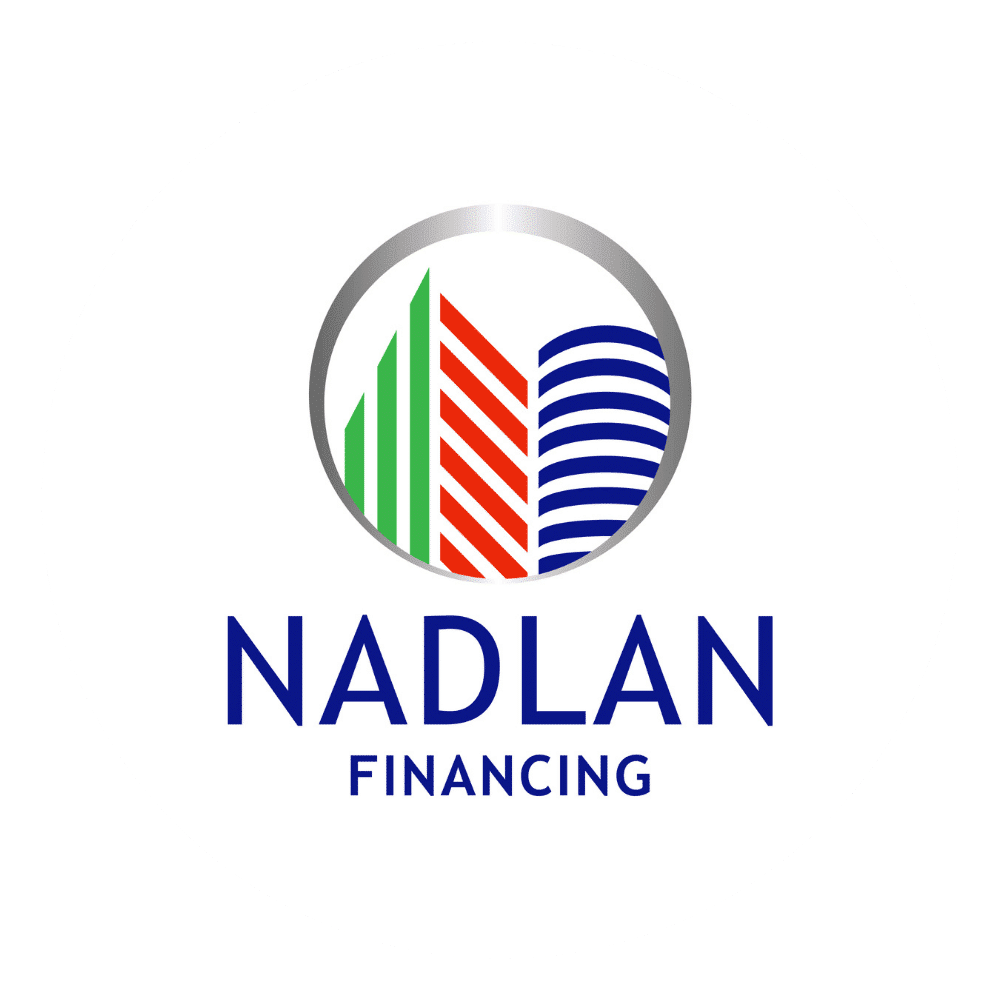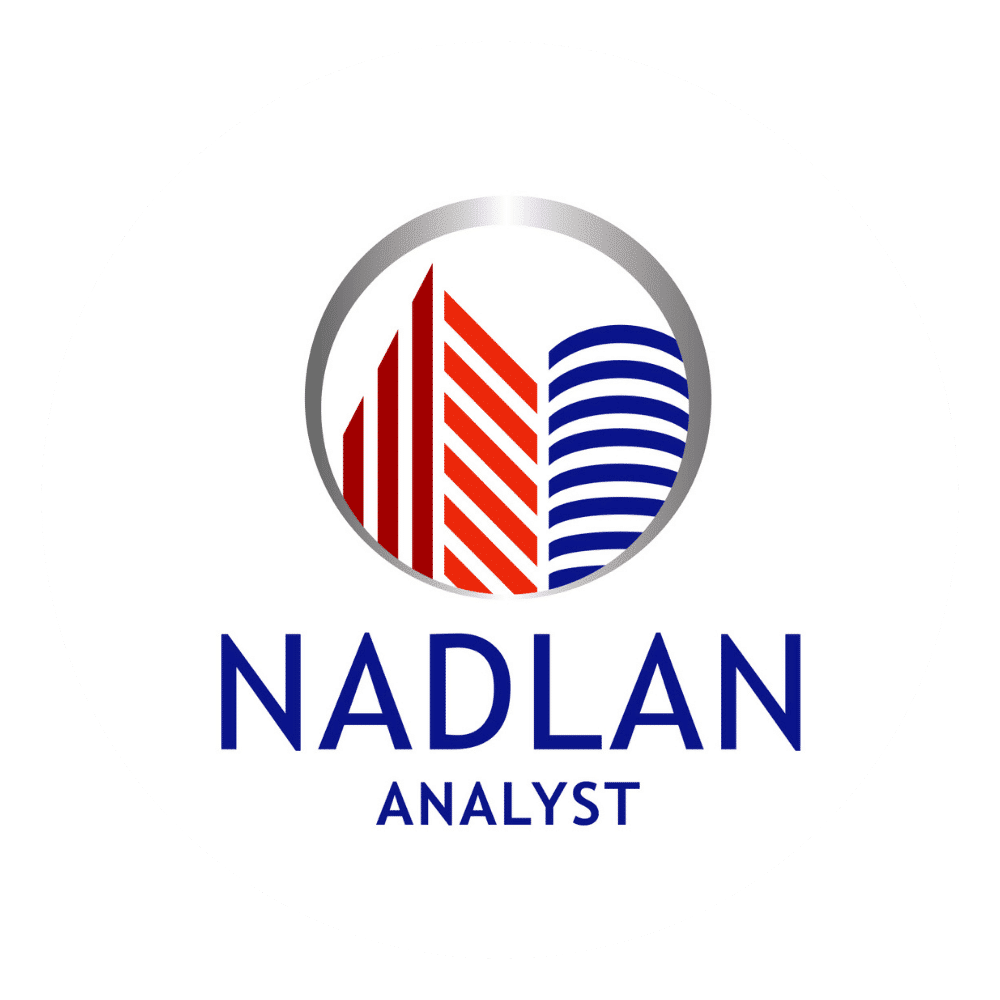Net Operating Income - Net Operating Income

Net Operating Income - Net Operating Income
Hi everyone. Second round of posts with a value of… 1/3
And today we will talk about a concept that is used to examine the viability of investing in businesses (real estate and non-real estate), usually more for large investments, but also relevant for a small investment as another tool in your basket…. Especially if you accumulate some real estate, then it opens up more options.
Regardless, this will help you look into a deal when you are offered to join a transaction or be part of a group of investors.
so lets start: Net Operating Income - NOI
God - WHO WE ARE In fact it gives us information and indication of the activity in the property.
This income (resulting from rental, parking and various services given to the tenant)
Less all the expenses related to the operation of the property…. That is, whether the property at all benefits from its very existence. The calculation does not include principal and interest payments on loans, capital expenses, depreciation and amortization.
And in Hebrew….?
An operating expense is an expense originating in a business through its normal business activities such as rent, equipment, inventory costs, marketing, wages, insurance, management fees, municipal taxes, repairs,
WHO WE ARE
Appears in the profit and loss statements of the property. An asset that records approximately $ 120,000 per year in revenue and $ 80,000 in operating expenses, will have a net operating income of $ 120,000 - $ 80,000 = $ 40,000. If total is negative, that is, operating expenses are higher than revenues, this is called net operating loss (NOL).
As a number it may sometimes not tell you that it is profitable in its essence or not (and an indication for you for the dividend)
But you can also test it as a percentage. According to the example above, the operating profit rate is actually 33.33%.
Credit lenders and lenders are used to determine the income potential of the property, which will affect the amount of financing.
God- WHO WE ARE It is considered less vulnerable to manipulation than other data because it can only be increased by raising rents and related fees or by reducing the reasonably necessary operating expenses.
God- WHO WE ARE Assists potential homeowners and potential buyers of retail buildings, single and multi-family office buildings and properties to calculate a number of beneficial relationships. NOI is used to determine the discount rate, which helps determine the value of the property and helps real estate investors compare different properties they may consider buying or selling.
(For a detailed explanation of the term capitalization rate - in the next post)
You enjoyed - share
You have something to add or refine - with joy and love
This attachment may have been removed or the person who shared it may not have permission to share it with you.
Link to the original post in the United States Real Estate Forum on Facebook - Works on a desktop computer (To view the post must be members approved for the forum):
http://bit.ly/2Nt0NrO
The original responses to the post can be read at the bottom of the current post page on the site or in the link to a post on Facebook and of course you are invited to join the discussion
































I would be happy to attend the meeting you are organizing at 20 a month, I tried to register and did not help ..
I think since the day I joined the group my understanding has been growing at a dizzying pace… Pleasure of information… Very essential, thanks for the detailed explanation
Ido Neuman is waiting for your next post on capitalization
That's right, I mentioned it. Although all of these terms come from valuations that usually deal with evaluating large and complex businesses, but as we said not only.
By the way, the use is also an examination of the feasibility of an asset transaction
Ido Achla's explanation, NOI is a parameter that is most often used in the valuation of real estate companies.
Another parameter I like to check is FCF (free cash flow).
The FCF as well as the NOI is usually used to evaluate large transactions, but it can also be used to evaluate smaller transactions.
The FCF is calculated as follows: OCF – CAPEX = FCF
OCF (operating cash flow) which is cash flow from operating activities, in the case of an investment in a real estate property how much cash the property generated from its current operations, ie: rental income / other current services that cause the property to generate positive cash less current expenses (management and repair company ).
CAPEX (capital expenditure) is capital expenditure, it is basically all the cash that the company has spent for the purpose of maintaining its assets, upgrading them and even purchasing new assets. A small investment involves: replacing the roof, air conditioning system, plumbing of the house, etc.… In investment funds that hold a lot of assets, this is everything I mentioned with a small investment in addition to buying new properties.
The purpose of the FCF is to show how much cash has managed to generate our investment over a period, with emphasis on cash!
As I mentioned before it can be used for small investment exams but in practice it is customary to use this parameter for examining investment funds, private equity and REITs (explanation of REITs is preferable in a dedicated post). For large investments this is a very important parameter.
Hope I added value to the post 🙂